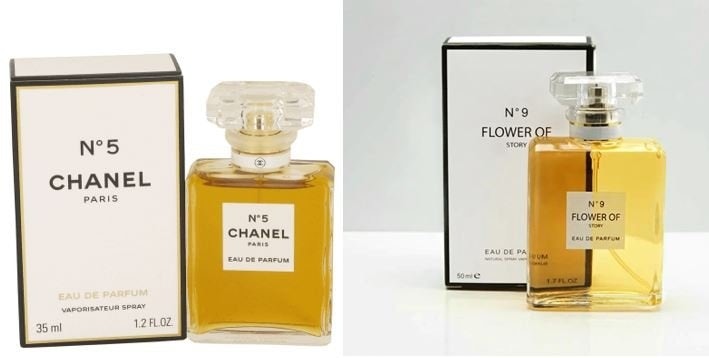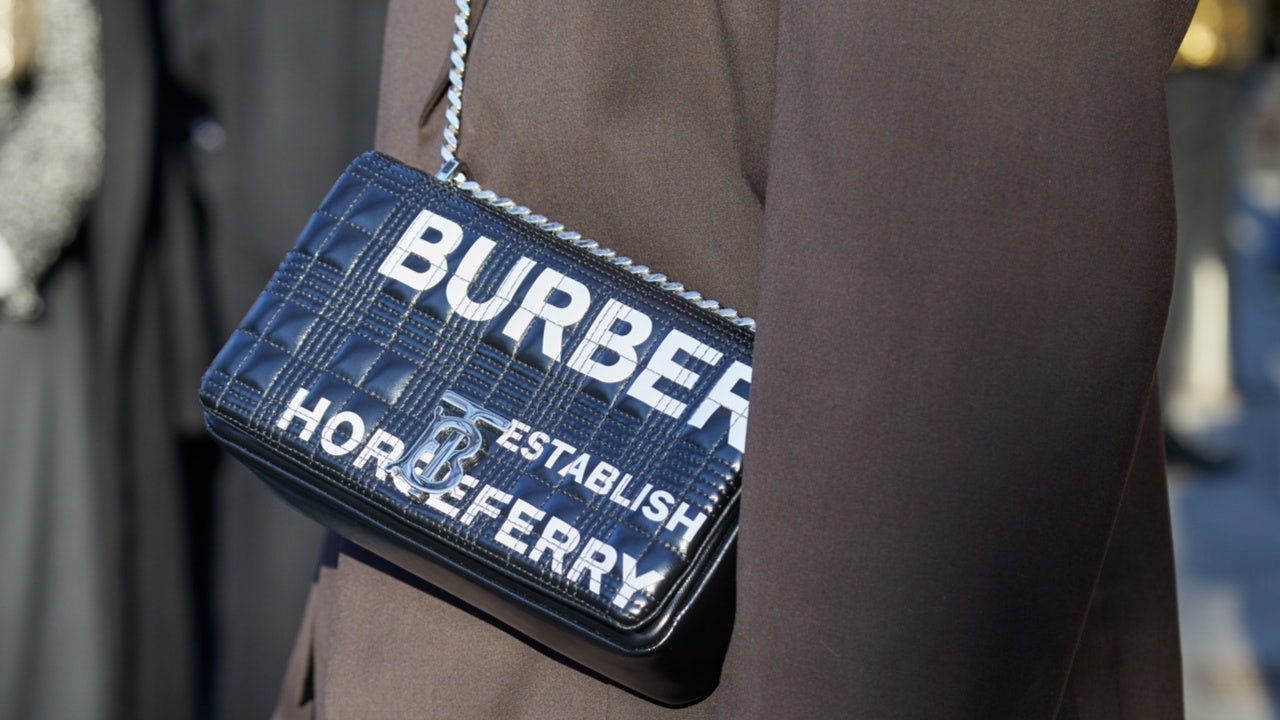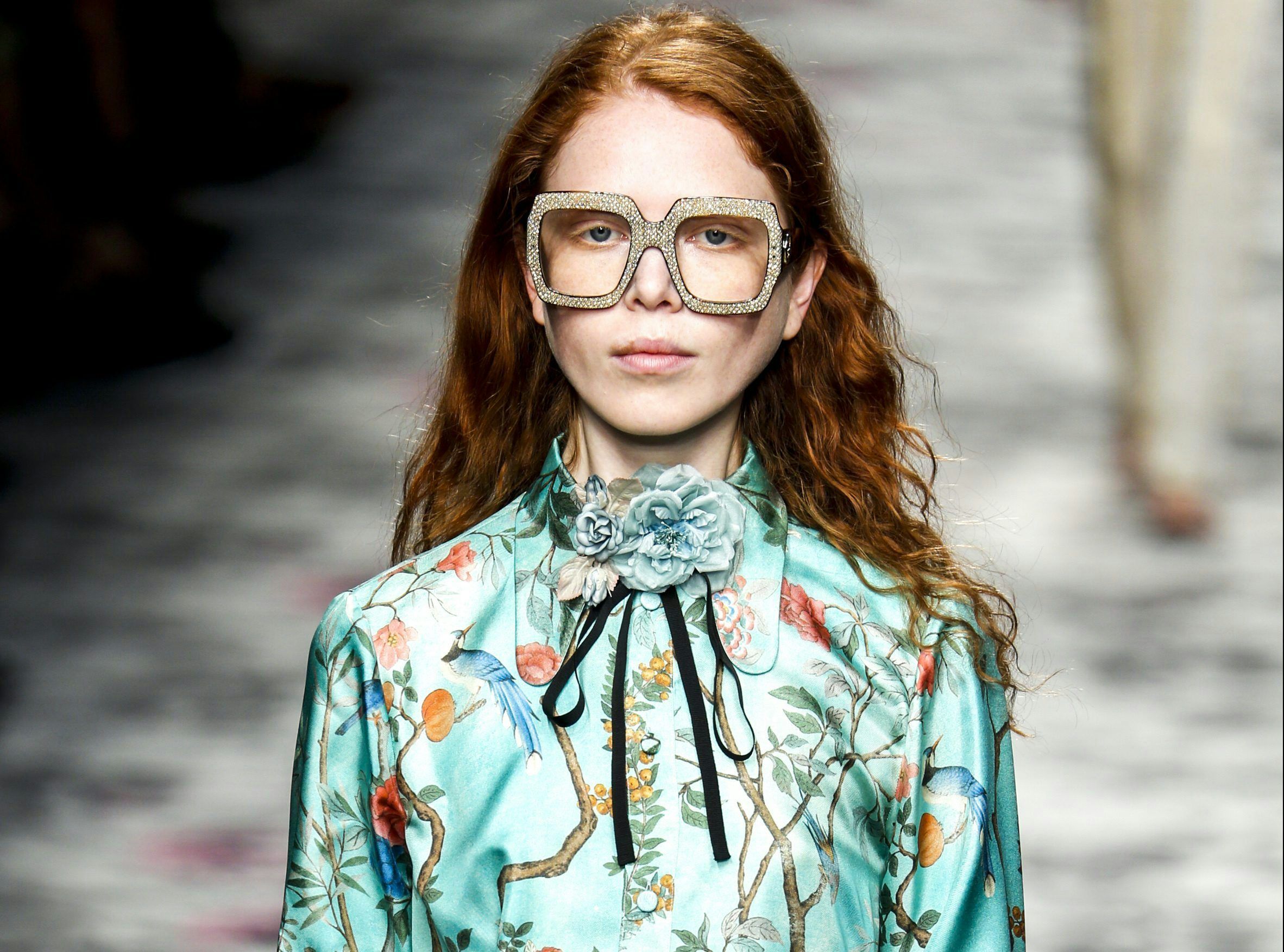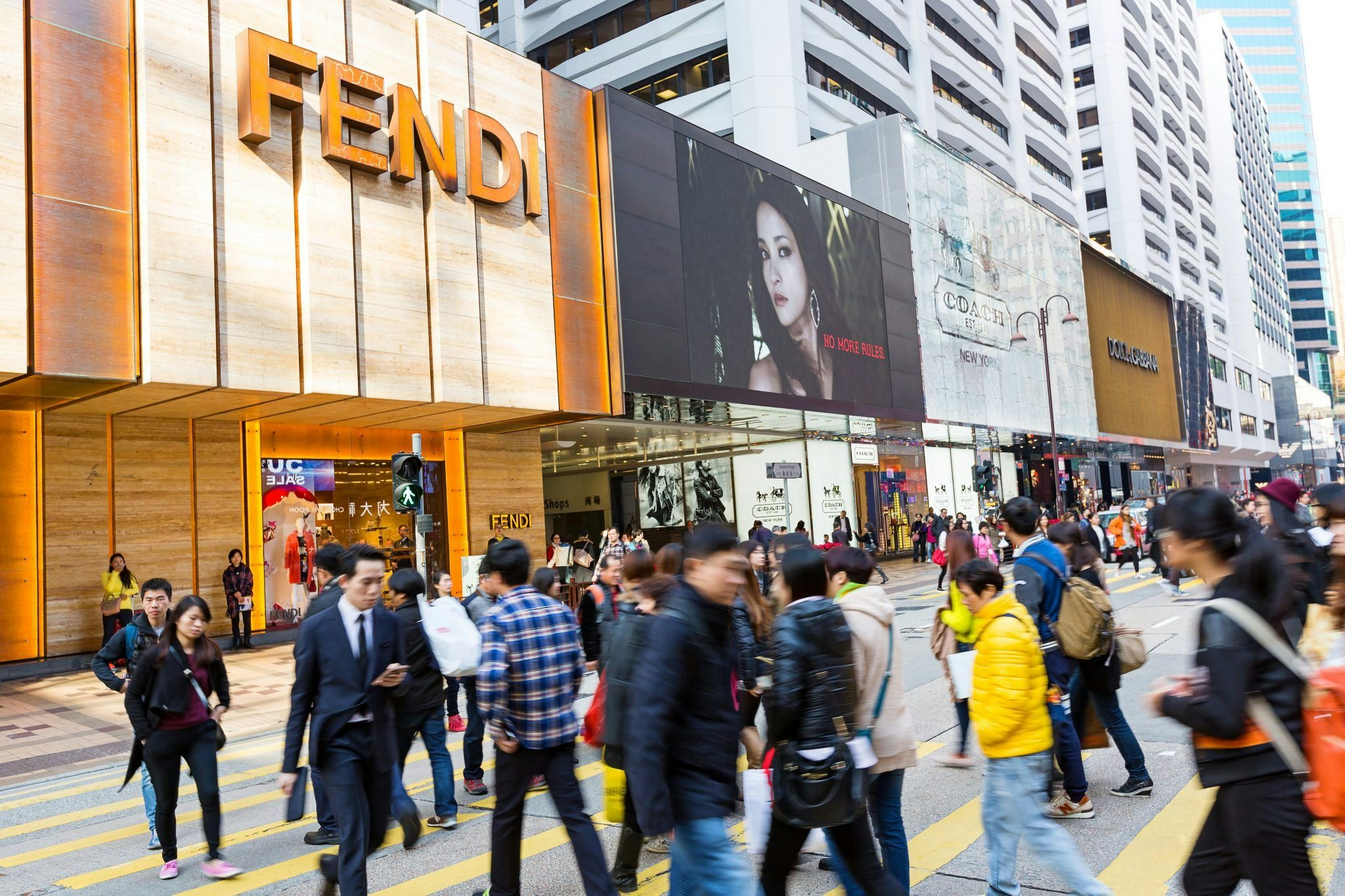In mid-February, a US. lawsuit accused L'Oréal Paris of causing American consumers to overpay for its beauty products by misleading them into thinking they were actually made in France. The prosecutor argued that the brand labeled itself as "L'Oréal Paris" and used native phrases such as "fini mat” (exfoliating) and "sans huile” (oil-free) to imply a French origin. In the Reuters report, the plaintiff claimed that the products were actually neither made nor sold in France, but were designed by L'Oréal's New York subsidiary for the US market and manufactured at a factory in North Little Rock, Arkansas, or elsewhere in the US and Canada.
In his book, The Consumer Society, Jean Baudrillard argues that what attracts people more in consumption today is not the function of the product itself, but a certain symbolic meaning that has been created. After years of brand image building, symbolic meanings such as "high grade," "high quality," and "high price" have become the public perception of luxury labels. Slowly, these symbolic meanings are then translated into brand names, logos, and even product origins, and consumers are more willing to pay extra money for goods from a premium place or company.
But how long can the symbolism in brand names work? In today's Chinese market, will the emphasis on a superb pedigree still help firms to achieve sustained growth?
True or False: “Made in Italy”#
For centuries, the finest products have been produced in limited quantities by highly-skilled traditional artisans in France, Italy, and Britain. As a result, legacy houses originating from these countries often featured their birthplace at the end of the brand name to show their "pedigree." However, as their own domestic labor costs continue to rise, many groups have chosen to relocate some or even most of their production lines to other countries, with China at the forefront.
According to local media National Business Daily, Zhejiang Province's Sun Hong Garments is a famous manufacturer in the apparel sector, which has been developing partnerships with luxury brands since 1999. Among the clients are Giorgio Armani's Armani Jeans, the Armani Exchange series, and the Armani Collezioni series.
"It is the norm for foreign brands to put the birthplace after the brand name in industries such as skincare, beauty, fragrance, and apparel. Especially for luxury brands, this practice also fits the psychological need of most luxury consumers, as the implication of the birthplace includes symbols of noble lineage, status, and class," Alva Lv, the Associate GM of the naming team at global consultancy Labbrand, explained to Jing Daily.
However, given the stigma associated with certain developing countries, most businesses have been secretive about their manufacturers. Dana Thomas unveiled a common practice in the luxury industry in her book Deluxe: How Luxury Lost Its Luster: some Italian luxury brands had Chinese factories produce garment pieces for ready-to-wear and knitwear, and then shipped the pieces back to Italy for assembly so the final pieces could be labeled as "Made in Italy."
On one hand, luxury companies want to reflect brand value by emphasizing their heritage and superiority; on the other, they want to save costs by using cheap labor from abroad. But it doesn’t solve all their problems. Do consumers still buy this slightly watered-down version of "Made in Italy?" And what about the possibility of more incidents in the future like the lawsuit against L'Oréal Paris? This is something that firms need to think about carefully.
The preferred "foreign names"#
It is undeniable that the "foreign goods are better" mentality used to be prevalent among Chinese consumers. According to the 2007 Global Luxury Report, 86 percent of domestic customers were reluctant to buy luxury brands because of the "Made in China" label. This statistic has been backed up by numerous cases of copyright infringement. These counterfeiters took advantage of consumers' preference for overseas names and profited by tapping gray areas or even trademark-grabbing.
In February, Chanel won a lawsuit against a Chinese perfume maker for a copyright breach of its iconic Chanel N°5 fragrance. The case began in 2019 and reached a verdict only after three years. At the end of March, the L'Oréal-owned 3CE STYLENANDA finally won a trademark infringement lawsuit after years of fighting counterfeiting, which brought the 10-year-long dispute to an end. Meanwhile, Supreme, which has suffered copyright violations from Supreme Italia for a decade, is still in the process of defending its rights around the world.

In order to cater to Chinese consumers who value foreign brands more, China has seen a large number of homegrown companies with names from abroad. In this, the beauty industry is the most persistent. Domestic beauty labels such as Proya, OSM, Wetherm, and Chando all imitated the names of international businesses such as L'Oréal, Biotherm, Shiseido, etc., in order to get more attention and elevate their brand desirability.
In September 2021, the Weibo hashtag #What Domestic Products Are Mistaken for Foreign Brands was one of the top searches, and many netizens were surprised by the originalities of local groups such as TCL, Darlie toothpaste, Phenix, and MINISO, and expressed their dissatisfaction and considered these namings as “unconfident and consumer-deceiving behavior.” This, in turn, reflects the shift in consumer psychology among Chinese consumers.
Have the rules of the game changed in China?#
In recent years, with the rise of nationalism, Chinese consumers have become more interested in and attracted to homegrown brands. Local customers have witnessed the rise of many such labels, for instance: Li-Ning debuting in international fashion weeks; Anta's acquisition of Fila; and domestic e-commerce companies going abroad to capture the international markets — making "Made in China" a symbol of high quality and increasing the confidence of China’s brands.
And so highlighting a label’s birthplace may not continue to work, as increasingly discerning consumers want to see what emotional value a brand can bring. Rather, to build stronger awareness in the local market, it’s more important than ever to get a catchy (and proper) Chinese name.
Having the brand name in place before entering the local market will also prevent the firm from being forced to scatter its traffic. Burberry has suffered from this problem before, as the label has multiple names in China such as "Babaoli" and "Bobaili": this means the house’s traffic on major search engines and social media platforms is spread across these. What’s more, they are ripe for being stolen by copycats.
"The Chinese names of international brands have long been the first step in establishing communication between brands and domestic consumers. Without a unified Chinese name, consumers will not be able to search accurately, remember, or recognize the brand accurately. In the process, brand equity will certainly be diluted." Alva Lv told Jing Daily. Protection of identity becomes an issue, also: "Bottega Veneta, for example, had many versions of its Chinese name when it first entered China, the best known of which was 'Bottega.' When the company tried to standardize its Chinese naming, it found that the well-known and positive 'Bottega' had already been taken by others, and eventually had to rename itself, while its new name 'Baodiejia' was far less popular and widespread than the former."
Burberry has now clarified the Chinese name of the brand as "Bobaili" and said that it is "slowly building valuable assets behind the name." Similarly, Christian Louboutin, known in China as "turnip stud," also decided last year on the Chinese name "Luboting." Louboutin revealed the meaning behind the name to be "the luxury road of platinum to the court of red-soled shoes." Netizens were very positive about this, saying it showed "genuine respect for the local culture."
Once, "Made in Italy" was a symbol of fine craftsmanship and high-end brands. But today, "Made in China" is the thing. Years of experience in manufacturing has shaken off the old perceptions of cheapness and low quality. This, and the country’s rich cultural heritage — and pride — make it a force to be reckoned with. Chinese consumers know this, and if international brands want to stay relevant here, it’s time they made a change.


